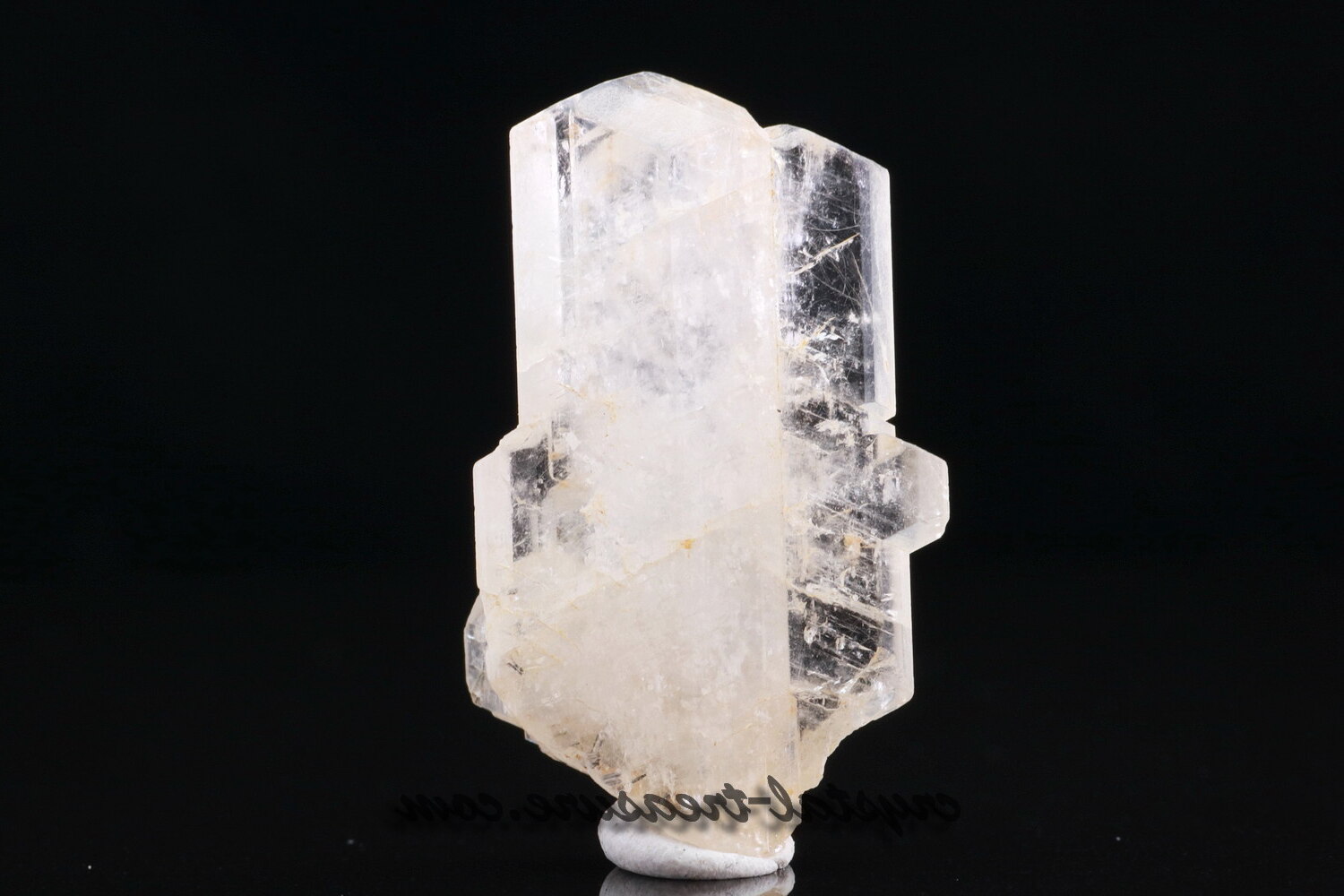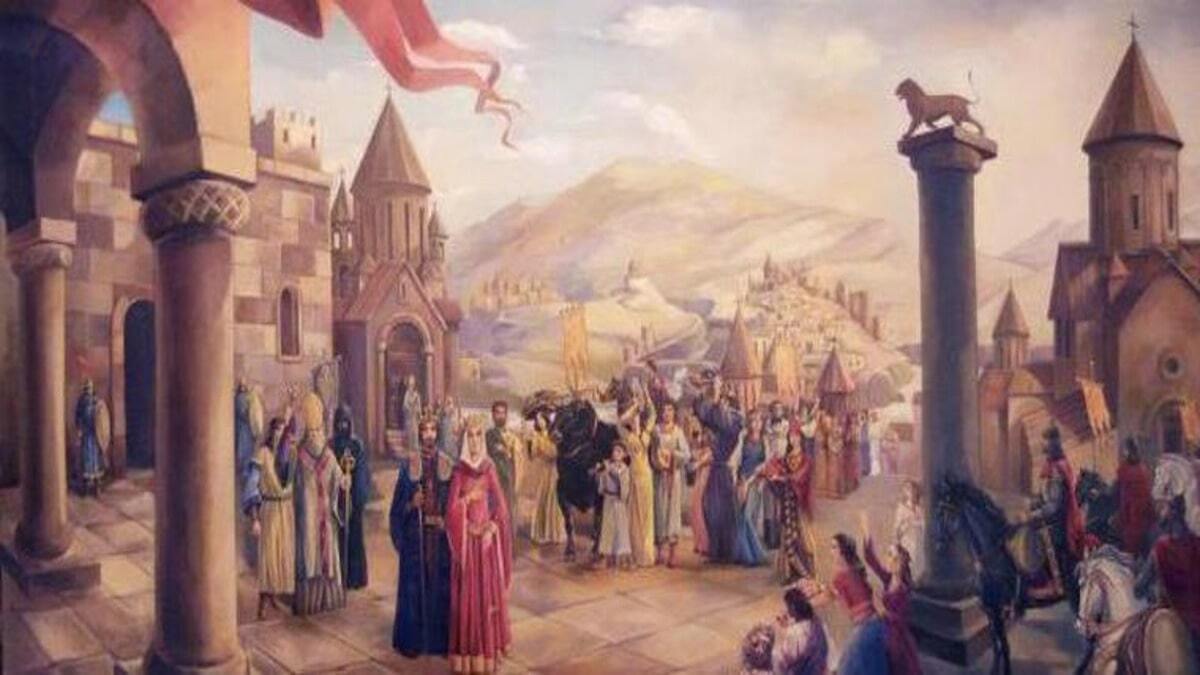
Estonia, a small but vibrant country located in Northern Europe, is a hidden gem worth exploring. From its rich cultural heritage to its breathtaking natural landscapes, Estonia offers an array of experiences for travelers from all walks of life. With a population of just over 1.3 million people, this Baltic nation is known for its advanced digital infrastructure, forward-looking policies, and a society that thrives on innovation.
In this article, we will delve into 35 fascinating facts about Estonia that will leave you intrigued and yearning to visit. From its medieval old towns to its numerous islands and national parks, there is no shortage of mesmerizing sights to discover. Whether you’re interested in history, nature, or cutting-edge technology, Estonia has something to offer everyone. So, get ready to embark on a virtual journey through this enchanting country and learn more about what makes Estonia truly special.
Key Takeaways:
- Estonia, a small but innovative country in Northern Europe, is known for its rich culture, advanced digital infrastructure, and stunning natural landscapes, making it a must-visit destination for history and nature enthusiasts.
- Estonians have a deep connection to their unique cultural heritage, embracing traditions like sauna, folk songs, and kiiking, while also leading the way in digital innovation and environmental conservation.
Estonia is located in Northern Europe, bordered by Latvia to the south and Russia to the east.
Estonia’s strategic position has historically influenced its culture, with various influences from neighboring countries and beyond.
The official language of Estonia is Estonian.
Estonian is closely related to the Finnish language and is also spoken by minority populations in other nearby countries.
Tallinn, the capital city of Estonia, is one of the best-preserved medieval cities in Europe.
With its enchanting cobblestone streets, well-preserved city walls, and stunning architecture, Tallinn is a popular tourist destination.
Estonia has a population of approximately 1.3 million people.
Despite its relatively small population, Estonia has made significant advancements in various fields, including technology and innovation.
Estonia is one of the most digitally advanced countries in the world.
It was the first country to offer e-residency, allowing people from anywhere in the world to establish and manage an Estonian business online.
The Estonian countryside is dotted with over 2,000 picturesque islands.
These islands offer tranquility, scenic beauty, and unique wildlife, making them a popular destination for nature enthusiasts.
Estonia has a rich cultural heritage, with traditional folk songs known as “regilaul” being recognized by UNESCO as an intangible cultural heritage.
The singing and dancing traditions are an integral part of Estonian culture, and traditional festivals celebrate these customs.
Estonians are known for their love of sauna.
Sauna is an important part of Estonian culture, and it is customary to visit a sauna for relaxation and socializing.
Estonia is home to many unique national parks and nature reserves.
These protected areas showcase Estonia’s diverse landscapes, including forests, bogs, and coastal regions.
Estonia has a strong connection to nature and is considered one of the world’s greenest countries.
The country has invested heavily in renewable energy sources and sustainable practices.
Estonians love their forests and are known for their passion for mushroom picking and berry gathering.
Mushroom picking is considered a national pastime, and the woods are abundant with various types of edible mushrooms.
Estonia has a high literacy rate, with education being highly valued.
The country boasts a strong education system and has produced many notable writers, scientists, and artists.
The Estonian flag consists of three horizontal stripes – blue, black, and white.
These colors are symbolic, with blue representing the sky, black representing the soil, and white representing hope and purity.
Estonians celebrate their Independence Day on February 24th.
This day marks the declaration of independence from Russia in 1918.
Estonia is a member of the European Union and NATO.
Being part of these organizations has strengthened Estonia’s relations with other countries and provided various opportunities for growth.
The Old Town of Tallinn is a UNESCO World Heritage site.
Its well-preserved medieval architecture and ancient charm attract tourists from all over the world.
Estonia is known for its innovation and is often referred to as the “E-Stonia.”
The country has produced several successful startups, and its digital infrastructure is highly advanced.
Estonia has a strong sauna culture.
Saunas are not only for relaxation but also serve as a social gathering place for friends and family.
Estonians have a deep appreciation for nature, leading to the establishment of numerous nature reserves and national parks.
These protected areas are home to diverse ecosystems and rare species.
Estonia has a unique blend of traditional and modern architecture.
The old town of Tallinn showcases medieval buildings, while modern structures can be found in the urban areas.
Estonia has a strong tradition of folk dance.
Folk dances are performed during festivals and celebrations and have deep cultural roots.
Estonia is known for its strong emphasis on technology and digital innovation.
The country has embraced digitalization in various sectors, making it a pioneer in e-governance and digital services.
Estonians are proud of their unique cultural heritage and celebrate it through various festivals and events.
The Song Festival, the Christmas Market, and the Midsummer’s Eve celebration are some of the traditional events cherished by Estonians.
Estonia has a distinctive cuisine that reflects its historical influences.
Traditional Estonian dishes include black bread, kama (a mixture of grains), and various delicious dairy products.
The clean and pristine Baltic Sea surrounds Estonia.
It offers beautiful sandy beaches, picturesque coastal cliffs, and opportunities for water activities.
Estonia has a rich history of traditional handicrafts.
Handmade textiles, ceramics, and wooden items are highly valued and are often passed down through generations.
Estonians have a strong connection with their natural surroundings and often retreat to their summer cottages in the countryside.
These cottages provide a peaceful escape and a chance to reconnect with nature.
Estonia is home to the world’s largest collection of folk songs, with over 133,000 songs in the archives.
These songs are an important part of Estonian cultural heritage and are often performed during festivals and celebrations.
Estonia has a unique sport called kiiking.
Kiiking involves swinging on a massive swing, attempting to rotate 360 degrees around the spindle.
Estonians cherish their forests and have a constitutional “everyman’s right” to enjoy nature.
It allows people to freely explore and camp in the forests, ensuring a strong connection between the population and the natural environment.
Estonia has a strong focus on sustainability and environmental conservation.
The country has set ambitious targets for reducing carbon emissions and promoting eco-friendly practices.
Estonia is known for its beautiful national parks, including Lahemaa National Park.
Lahemaa National Park is the largest national park in Estonia, offering diverse landscapes, stunning coastline, and historic manor houses.
Estonia has a thriving music scene, with many talented Estonian artists gaining international recognition.
Genres like folk, pop, and classical music have a strong presence in the Estonian music scene.
Estonians have a deep love for their local produce.
Many people grow their own vegetables and berries in their gardens, emphasizing the importance of fresh and organic food.
Estonia is known for the mysterious and enchanting Lahemaa Forest.
This ancient forest is full of legends and folklore, captivating visitors with its mystical atmosphere.
Conclusion
Estonia is a fascinating country with a rich history, stunning natural landscapes, and a vibrant cultural scene. From its innovative digital society to its charming medieval towns, Estonia offers a unique and unforgettable experience for visitors. Whether you’re exploring the picturesque Baltic coastline, discovering the charming streets of Tallinn’s Old Town, or immersing yourself in the country’s thriving music and arts scene, Estonia has something for everyone. With its welcoming people, delicious cuisine, and an abundance of outdoor activities, Estonia is a hidden gem waiting to be explored.
FAQs
1. What is the capital city of Estonia?
Tallinn is the capital and largest city of Estonia. It is known for its well-preserved medieval Old Town and vibrant cultural scene.
2. Is Estonia a member of the European Union?
Yes, Estonia has been a member of the European Union since 2004.
3. What is Estonia famous for?
Estonia is famous for its advanced digital society, beautiful nature, and medieval architecture. It is also known for its music festivals and sauna culture.
4. Can I visit Estonia without a visa?
Citizens of many countries can visit Estonia without a visa for up to 90 days. However, it is recommended to check the visa requirements beforehand.
5. What language do people speak in Estonia?
The official language of Estonia is Estonian. English is widely spoken, especially in tourist areas.
6. Are there any UNESCO World Heritage Sites in Estonia?
Yes, Estonia has several UNESCO World Heritage Sites, including Tallinn’s Old Town, the historic city of Narva, and the Struve Geodetic Arc.
7. What is the currency of Estonia?
The currency of Estonia is the Euro.
8. Is Estonia a safe country to visit?
Estonia is considered a safe country for travelers. However, it is always advisable to take normal safety precautions and be aware of your surroundings.
9. What are some popular tourist attractions in Estonia?
Some popular tourist attractions in Estonia include Tallinn Old Town, Lahemaa National Park, Saaremaa Island, and the Parnu beach resort.
10. Is Estonia a part of Scandinavia?
No, Estonia is not part of Scandinavia. It is located in Northern Europe, bordered by Finland to the north, Russia to the east, Latvia to the south, and the Baltic Sea to the west.
Was this page helpful?
Our commitment to delivering trustworthy and engaging content is at the heart of what we do. Each fact on our site is contributed by real users like you, bringing a wealth of diverse insights and information. To ensure the highest standards of accuracy and reliability, our dedicated editors meticulously review each submission. This process guarantees that the facts we share are not only fascinating but also credible. Trust in our commitment to quality and authenticity as you explore and learn with us.


